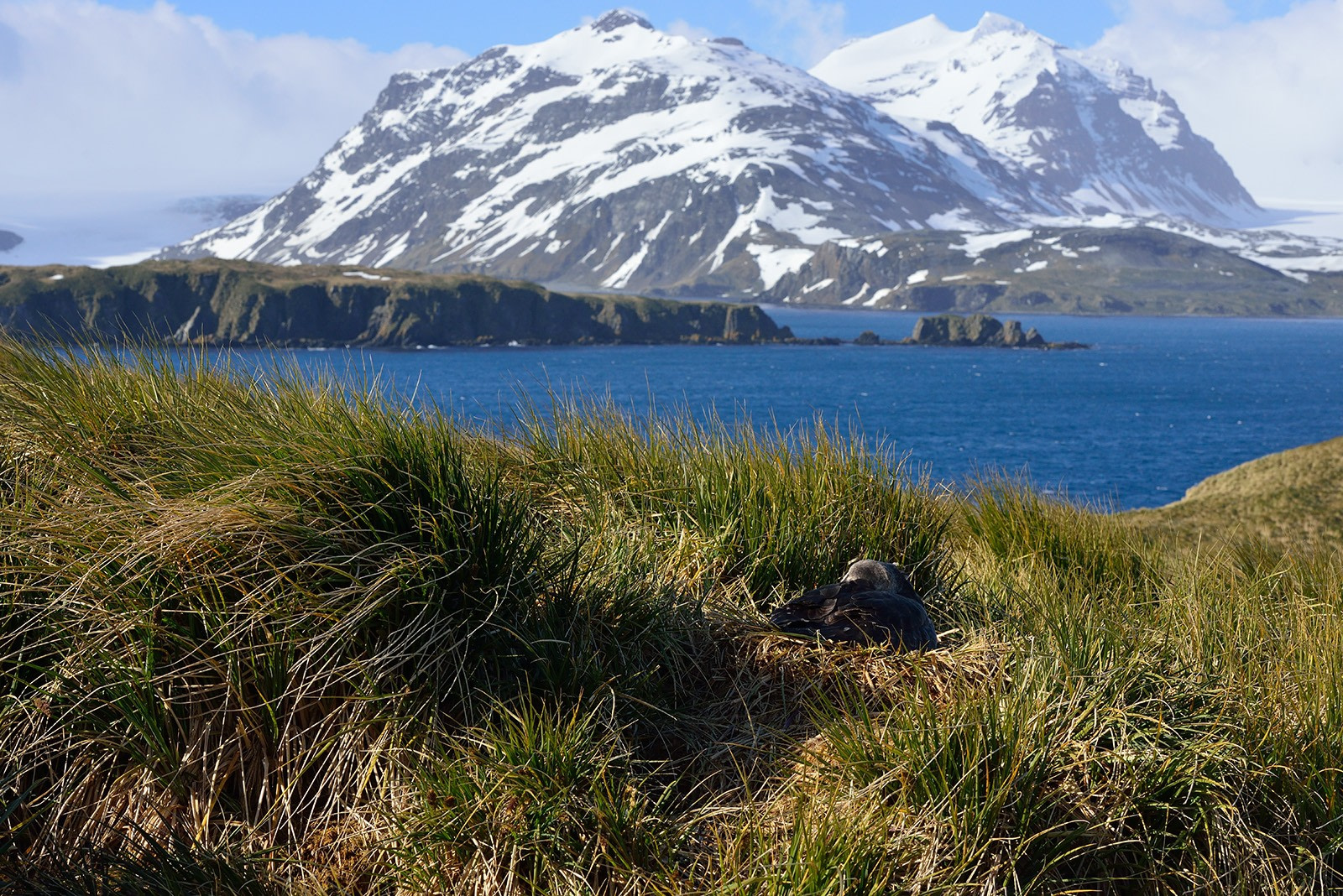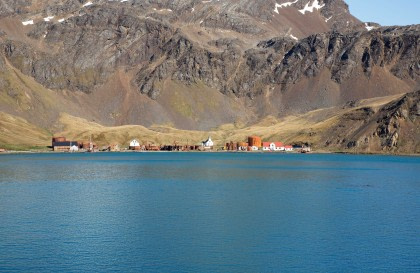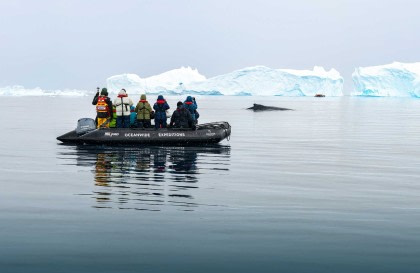The plants of Antarctica
It seems an almost impossible feat for a plant to survive in Antarctica. Extremely cold temperatures, little sunlight and moisture, poor soil quality, and a short growing period have deterred most species of flora from successfully growing in this barren ecosystem. Despite the odds, there are still plants that have evolved specifically to live in these conditions, and have thrived where no others have dared to go.
It may not be a bountiful garden of polychromatic blossoms, but taking a closer look, a little bit closer to the ground, will provide a glimpse into a very special and unique world of plant life.
How did plants get to Antarctica?
Approximately 200 million years ago, Antarctica belonged to supercontinent called Gondwana, which included Australia, Africa, India, and South America. Here, many thousands of species of plants flourished for many millions of years. As the continents began to split away from each other around 145-66 million years ago, Antarctica drifted towards the South Pole. Most plants were able to survive and continued to grow during the continental movement.
Soon, the climate became much too cold, dry, and unsuitable for sustaining most life forms. Fossilized remains of plants such as the Southern Beech (Nothofagus sp.) can be found in the Western Antarctic Peninsula, and tell a fascinating story of a land that was once green and lush. Fossilized remains can be found in softer, finer-silt rocks where glaciers have recently retreated. It’s an amazing feeling to hold the fossil of a plant that hasn’t existed on the continent for millions of years!
The flowering plants of Antarctica
Although Antarctica is a cold, dry, and desolate place, life always finds a way. Currently, there are only two known species of flowering plants found on the continent:
Antarctic hair grass (Deschamsia antarctica) grows primarily in the Antarctic Peninsula in small, concentrated tufts throughout rocky areas. These plants are most commonly seen amongst penguin colonies, and can withstand high amounts of disturbance without withering away. During their short growing period in summer, they must endure quite a bit of abuse from, the incautious nature of elephant seals, high wind speeds, and the many tonnes of penguin manure that are produced from the breeding colonies. Still, they stand strong at less than a foot in diameter. Their complex and deep root system keeps them well anchored within their habitats, and allows them to easily absorb water and nutrients from their environment. In the wintertime, the hair grass looses its long, slender, green leaves, and can withstand freezing temperatures without completely dying.
Antarctic pearlwort (Colobanthus quitensis) has a more cushion-like appearance and can grow up to a whopping five centimeters in height! Unlike the hairgrass, the pearlwort has small, yellow flowers that it very proudly displays. The pearlwort can be most commonly found in rocky areas in the coastal regions of the continent.
Since there aren’t any flies, bees, or birds to help out with the pollination process, both plants rely on the wind to help them pollinate. There’s no shortage of wind during the summer time, making their reproductive processes extremely simple. Additionally, both plants are self-pollinators, meaning that they don’t rely on other plants to help them reproduce. All they need is the wind to bring pollen from one small flower to the next flower on the same plant.
This is an adaptation that has most likely evolved in response to a harsh climate, where plants are often widely spaced. With an increase in temperature throughout the Peninsula due to climate change, both plant species have experienced substantial expansions throughout their range.
The non-flowering plants of Antarctica
The Antarctic hairgrass and pearlwort plants are members of a group called ‘vascular plants’, meaning that they contain complex vascular structures that transport nutrients throughout their leaves, stems, and roots. Non-vascular plants such as mosses, liverworts, lichens, and algae lack a root system, and thus an efficient nutrient circulation system. Non-vascular plants are most commonly found near damp or moist areas where direct water and nutrient absorption can easily take place.
Antarctica alone contains 100 species of mosses, 25-30 species of liverworts, 250 species of lichens, and over 700 species of algae! It takes a real extremist to live in such a tumultuous habitat, and these extremists have fared well. Many of these plants are found in rocky intertidal and moist habitats, and tend to favor sub-Antarctic islands, where climate and habitat are a bit more forgiving.
Uninvited guests
During the turn of the century, the island of South Georgia became a wildly popular whaling and sealing destination. With an increase of human activity on the island came alien, or non-native species of plants, that hitched rides on the boots or clothing of the visitors and workers. An absence of natural predators made colonization of these plant species extremely easy.
Currently, South Georgia is home to 26 species of vascular plants and an additional 15 non-native species. Luckily for them, South Georgia experiences relatively mild winters and warm summers, both of which make for perfect growing conditions.
Threats to Antarctic plant life
Currently, increasing sea levels pose a major a threat to Antarctic plants, especially those living in coastal regions. With the exception of algae and some lichens, most plants cannot survive in a high saline environment, and will simply begin to die back as the sea rises. Plants are also considered an excellent indicator of climate change due to their sensitivity to their carbon dioxide levels in the atmosphere.
As Antarctica’s climate grows increasingly warmer, glaciers and snow packs begin to retreat, and ice shelves that make up the continent begin to melt away, exposing barren soil, providing a more suitable habitat for plants to colonize and grow. This may be good news for native plants, but is an open invitation for nonnative and invasive species to establish themselves and take over.
Preventing non-native plants from entering the continent can be difficult, and requires a lot of cooperation from the many visitors that come to Antarctica every year. Often times, visitors who come to land are required to step through a boot bleach bath, which washes away and kills any plant parts or spores that may be looking for a new home. It’s very important for any tourist or visitor to be aware of this, and to remember that the ecosystem you’ll venture into is very fragile and sensitive to any type of disturbance or species introduction.






